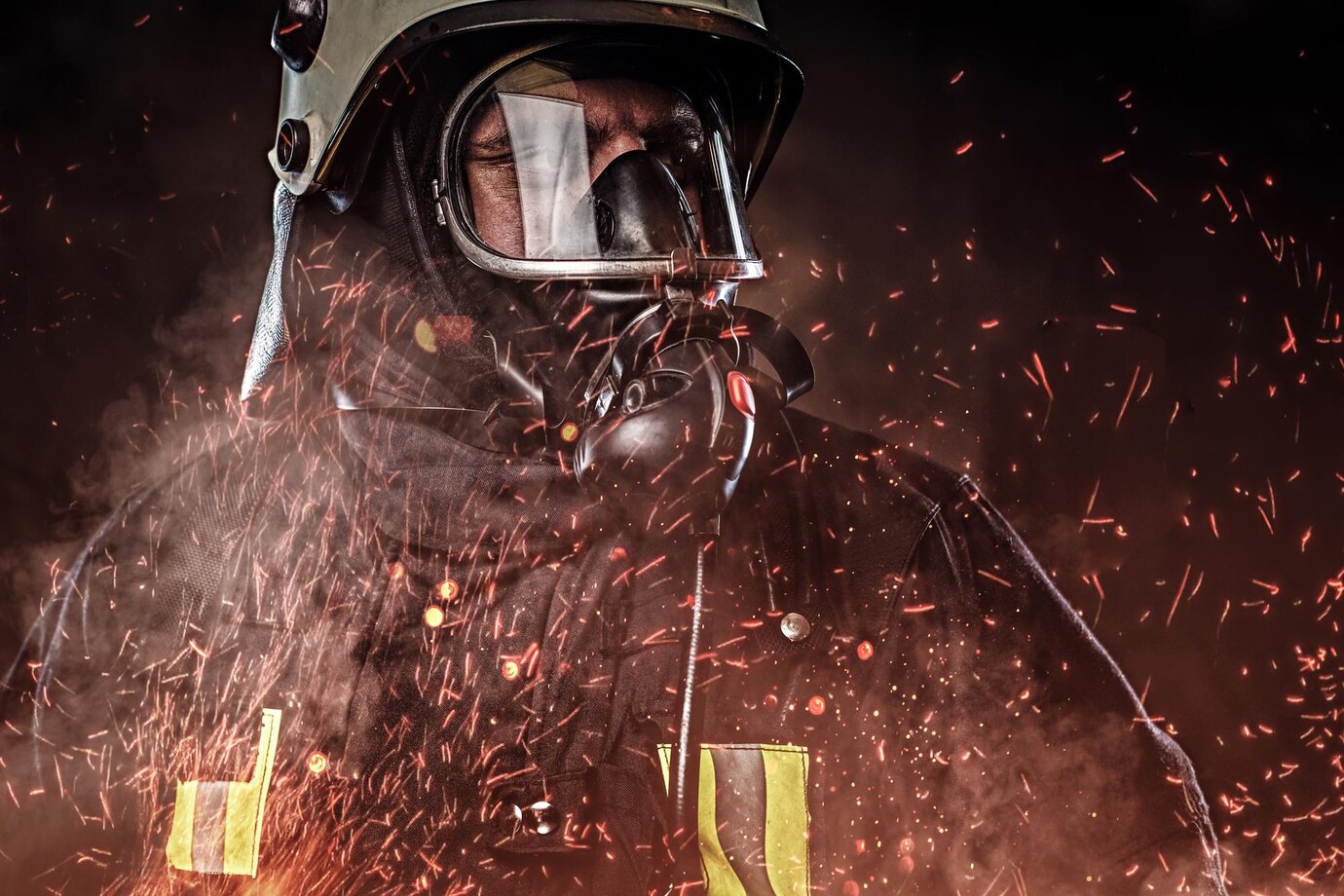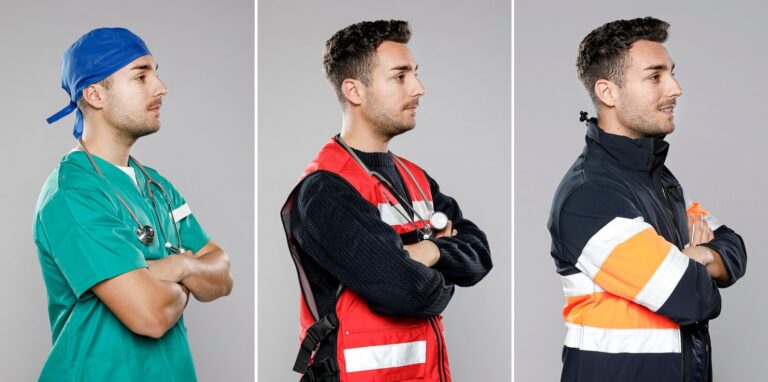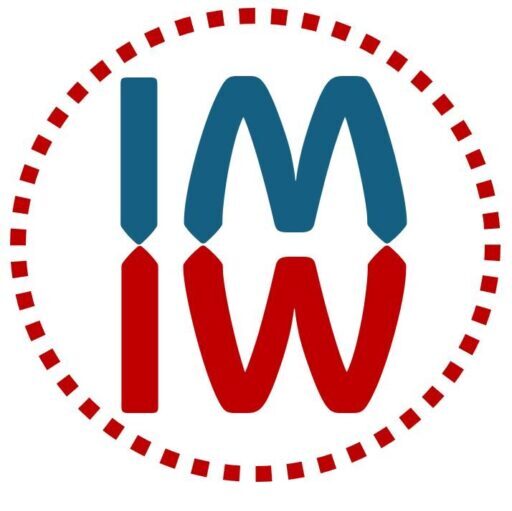Inside workwear Properties
Workwear Standards
Below is the list of workwear standards from major regions (USA, Europe, Australia, Canada, and global standards) organized by workwear property to ensure broad international coverage
ISO Standards
Below is the list of major properties required in workwear across various industries.
Properties
- Durability and Fabric Testing
- Flame Resistance and Heat Protection
- Chemical Resistance
- High-Visibility
- Waterproof and Weather Resistance
- Anti-Static and Electrostatic Discharge (ESD) Protection
- Breathability and Comfort
- Puncture and Abrasion Resistance
- Arc Flash Protection
- Lightweight and Flexible Design
- Hygiene and Cleanliness
- Thermal Insulation for Cold Environments
- UV Protection
- Cut Resistance
- Reinforced Knee and Elbow Patches

Durability and Fabric Testing
ISO 15797 (Global): Industrial laundering and durability testing of workwear fabrics.
ISO 6330 (Global): Domestic washing and drying tests for textile durability.
ASTM D4157 (USA): Wyzenbeek abrasion resistance test, common in North America.
EN ISO 12947 (Europe): Martindale abrasion resistance for fabric testing in European markets.
ISO 12945-2 (Global): Testing fabric pilling resistance for prolonged durability.

Flame Resistance and Heat Protection
EN ISO 11612 (Europe/Global): Flame and heat protection clothing standard for industrial use.
NFPA 2112 (USA): U.S. standard for flame-resistant clothing in oil, gas, and chemical industries.
ASTM F1506 (USA): Flame-resistant standard for protective clothing for electric utility workers.
ISO 11611 (Global): Protective clothing standard for welding and related processes.
CAN/CGSB 155.20 (Canada): Flame-resistant clothing standard specific to Canadian regulations for oil, gas,
and mining.
AS/NZS 4824 (Australia/New Zealand): Fire-resistant protective clothing for firefighters and emergency responders.
ISO 9185 (Global): Protection against molten metal splash for industries dealing with foundries and welding.
ASTM F1930 (USA): Manikin thermal protective performance evaluation for flash fire exposure.

Chemical Resistance
EN 13034 (Europe): Limited protection against liquid chemicals for low-risk chemical exposure.
EN 14605 (Europe): Chemical protection for liquid-tight and spray-tight clothing.
ASTM F739 (USA): Permeation testing for chemical resistance, commonly used in North American industries.
ISO 16602 (Global): Chemical protective clothing classification for various industry applications.
NFPA 1992 (USA): Liquid splash-protective ensembles for hazardous material emergencies.
CAN/CGSB 155.22 (Canada): Chemical protective clothing standard in Canadian industries.
AS/NZS 4501.1 (Australia/New Zealand): Standard for chemical protective clothing, focusing on safety compliance.

High-Visibility
EN ISO 20471 (Europe/Global): European standard for high-visibility clothing in industrial and public settings.
ANSI/ISEA 107 (USA): U.S. standard for high-visibility safety apparel, commonly used in construction and road safety.
AS/NZS 4602 (Australia/New Zealand): Australian and New Zealand high-visibility clothing standard for high-risk environments.
CAN/CSA Z96 (Canada): Canadian standard for high-visibility safety apparel, required in traffic and industrial sectors.

Waterproof and Weather Resistance
EN 343 (Europe): European standard for clothing providing protection against rain and weather conditions.
ISO 4920 (Global): Water repellency standard for fabrics in various work environments.
ASTM DWR (Durable Water Repellency) (USA): Assessment for water resistance coatings.
AS 2001.2.16 (Australia): Australian standard for waterproof and weather-resistant testing.
EN ISO 20811 (Europe): Hydrostatic pressure testing standard for fabric waterproofing.

Anti-Static and Electrostatic Discharge (ESD) Protection
EN 1149-5 (Europe): European standard for electrostatic protection, especially in explosive atmospheres.
IEC 61340-5-1 (Global): Electrostatic discharge control standard for ESD-sensitive environments.
NFPA 99 (USA): U.S. standard for healthcare environments, covering static-free protective wear.
ASTM D257 (USA): Surface resistivity and anti-static testing for material compliance in the U.S.

Breathability and Comfort
ISO 11092 (Global): Thermal and evaporative resistance test for breathable workwear in hot conditions.
ASTM E96 (USA): U.S. standard for water vapor transmission testing for breathable fabrics.
EN 343 (Class 3) (Europe): Includes waterproof and breathable standards for comfort.
AS 2001.2.28 (Australia): Australian test for water vapor permeability in breathable fabrics.

Puncture and Abrasion Resistance
EN 388 (Europe): Mechanical protection in gloves, including puncture and abrasion resistance, widely used globally.
ASTM F2878 (USA): Testing puncture resistance of clothing and gloves.
ISO 13997 (Global): Cut resistance standard to prevent lacerations in metalworking and construction.
CAN/CGSB 155.22 (Canada): Cut and puncture resistance for Canadian industrial workwear.
ASTM D4966 (USA): Martindale abrasion resistance test for determining fabric durability.

Arc Flash Protection
NFPA 70E (USA): Electrical safety standard for arc-rated clothing in the workplace.
IEC 61482-2 (Europe/Global): Clothing standard for protection against thermal hazards from electric arc.
ASTM F1959/F1959M (USA): Arc thermal performance for flame-resistant materials.
CAN/CSA Z462 (Canada): Arc flash protection standard for electrical safety in Canadian workplaces.

Lightweight and Flexible Design
ISO 13688 (Global): Ergonomic standards for protective clothing, covering fit and flexibility.
ASTM D5034 (USA): Tensile strength and stretchability testing for lightweight, flexible materials.
EN ISO 20471 (Europe): Includes guidelines for ergonomic design in high-visibility workwear.

Hygiene and Cleanliness
ISO 15797 (Global): Industrial washing standard for workwear, used internationally.
EN 14126 (Europe): Protection against infectious agents, especially in healthcare and laboratories.
ISO 16603 (Global): Testing for resistance to blood and bodily fluids, critical in medical and lab settings.
AS/NZS 4501.1 (Australia): Hygiene requirements for protective clothing, focused on contamination control.
CAN/CGSB 155.20 (Canada): Standard ensuring protective wear prevents contamination and supports hygiene.

Thermal Insulation for Cold Environments
EN 342 (Europe): Protective clothing standard for cold work environments, including insulation values.
ISO 23537 (Global): Thermal insulation requirements, adapted for extreme cold workwear.
ASTM F2732 (USA): Insulation values for cold protection in North American workplaces.
CAN/CGSB 4.2 No. 78.1 (Canada): Canadian standard for thermal insulation of workwear in extreme cold.

UV Protection
AS/NZS 4399 (Australia/New Zealand): Sun-protective clothing standard for outdoor work in high UV environments.
EN 13758-2 (Europe): European standard for UV protection in textiles.
ISO 105-B02 (Global): Colorfastness to light, ensuring fabric stability under UV exposure.
AATCC 183 (USA): U.S. standard for assessing UV protection in textiles.

Cut Resistance
EN 388 (Europe): Cut resistance standards for gloves and protective workwear.
ASTM F2992 (USA): Cut resistance for textiles, commonly used in high-risk industries.
ISO 13997 (Global): Standard for cut resistance in metalworking and handling sharp objects.
ANSI/ISEA 105 (USA): Cut protection standards for gloves and clothing in industrial work..

Reinforced Knee and Elbow Patches
EN 14404 (Europe): Knee protection for workwear in high-stress areas, ideal for construction and maintenance.
ISO 13506 (Global): Standard for evaluating high-wear areas such as elbows and knees.
ASTM D4966 (USA): Martindale abrasion resistance test for reinforcements on fabric in high-use areas.
